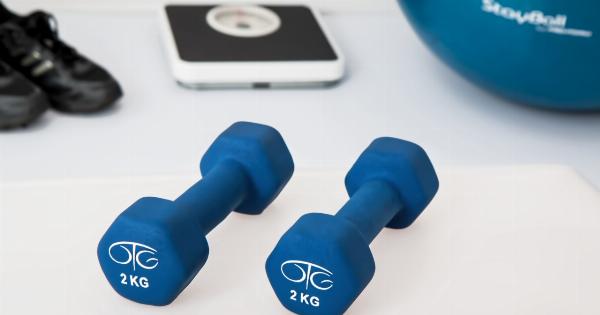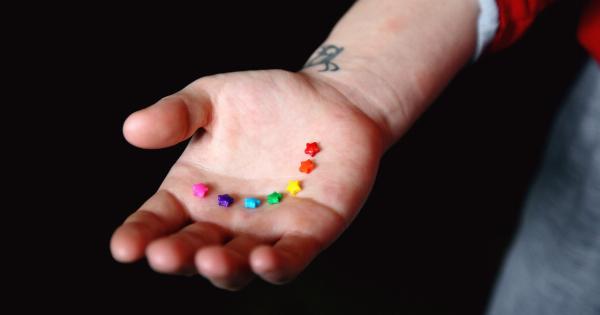When someone suffers from a stroke, the road to recovery can be a long and challenging one. Post-stroke recovery is unique to each individual, and the process may involve a range of treatments and therapies, including occupational therapy (OT).
OT can provide a multitude of benefits and options for those recovering from a stroke. In this article, we will explore some of the occupational therapy options available for post-stroke recovery.
What is Occupational Therapy?
Occupational therapy is a type of rehabilitation that helps people develop or regain the skills required to perform everyday tasks and activities.
These activities may include getting dressed, eating, bathing, and other daily tasks that we often take for granted. The goal of occupational therapy is to enable patients to live as independently and productively as possible, despite any limitations caused by their stroke.
Benefits of Occupational Therapy for Post-Stroke Recovery
Occupational therapy offers a range of benefits for post-stroke recovery. It helps patients regain independence, improve their quality of life, and prevent complications that could arise from a stroke. Through occupational therapy, patients can:.
- Regain motor skills and coordination
- Develop strength and dexterity
- Improve cognitive function
- Learn compensatory techniques to cope with deficits
- Improve their ability to perform daily tasks independently
Occupational Therapy Options for Post-Stroke Recovery
Occupational therapists use a range of techniques and strategies to help patients recover from a stroke. Here are some of the most common occupational therapy options for post-stroke recovery:.
ADL Training
ADL stands for activities of daily living. Occupational therapists work with patients to identify areas where they may need assistance, such as grooming, bathing, dressing, and feeding.
Therapists work with patients to develop strategies and techniques to improve their ability to perform these tasks independently. This not only helps patients regain their independence, but it also helps to prevent complications that can arise from not being able to perform these tasks.
Motor-Skill Rehabilitation
A stroke can cause a range of motor deficits, such as weakness, paralysis, and coordination problems. Occupational therapists work with patients to develop exercises and activities that to help patients regain movement, strength, and coordination.
Patients may work on activities such as gripping and releasing objects or reaching and grasping.
Memory and Cognitive Training
A stroke can also cause cognitive deficits, such as memory loss, attention deficits, and difficulty with problem-solving.
Occupational therapists may use a range of techniques, such as puzzles, games, and memory exercises, to help patients improve their cognitive function. These exercises can help patients regain some of the cognitive skills they may have lost due to their stroke.
Home Modification and Adaptive Equipment
Depending on the severity of a patient’s stroke, they may require modifications to their living space in order to make it more accessible.
Occupational therapists can assess a patient’s home and identify areas where modifications can be made, such as installing grab bars in the shower, widening doorways, or adding a ramp to the front entrance. Therapists can also recommend adaptive equipment, such as a walker or wheelchair, to help patients regain their independence and mobility.
Speech and Language Therapy
Many stroke patients experience difficulties with communication, such as slurred speech, difficulty finding words, or trouble with understanding spoken language.
Occupational therapists who specialize in speech and language therapy can help patients improve their communication skills. This may involve exercises to strengthen the muscles required for speech, language therapy to help patients better understand language, or other techniques to improve communication.
Emotional and Behavioral Counseling
A stroke can be a traumatic experience, and many patients experience emotional and behavioral changes as a result. Occupational therapists can provide counseling to help patients work through their emotions and behaviors.
They can also provide strategies to help patients cope with the changes caused by their stroke.
Conclusion
Occupational therapy is an essential part of post-stroke recovery. It provides patients with the tools, techniques, and strategies they need to regain their independence and live as productively as possible.
By working with occupational therapists, stroke patients can recover from their stroke with dignity, grace, and hope.




























